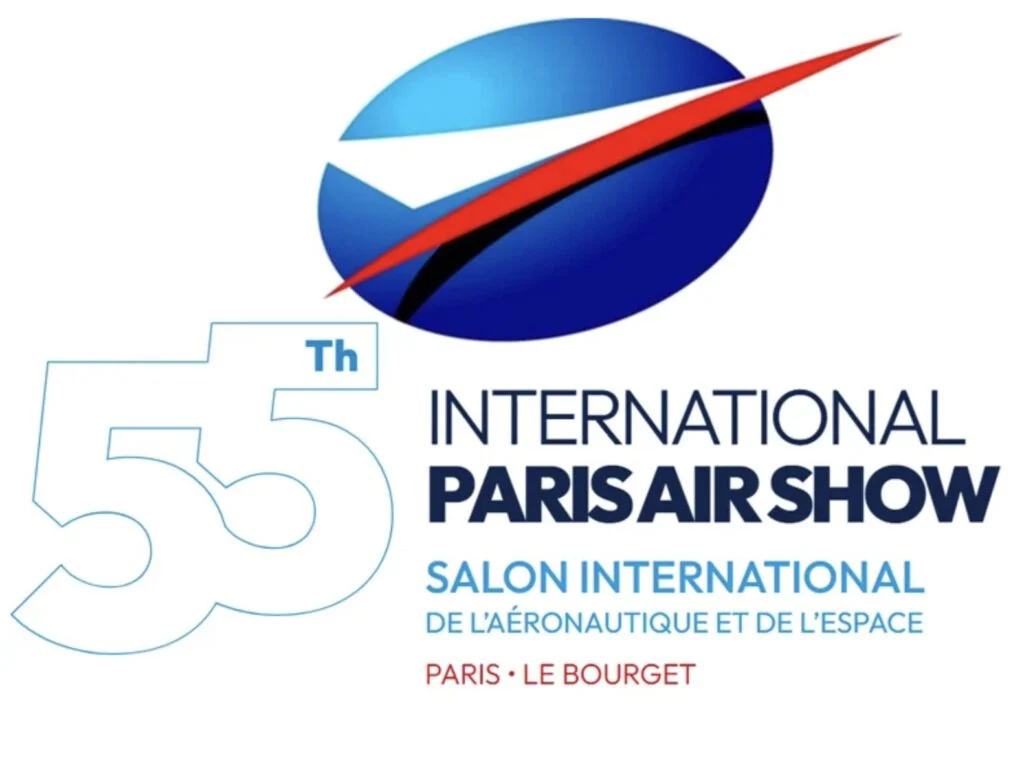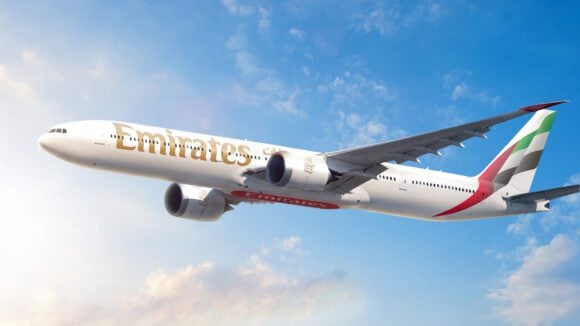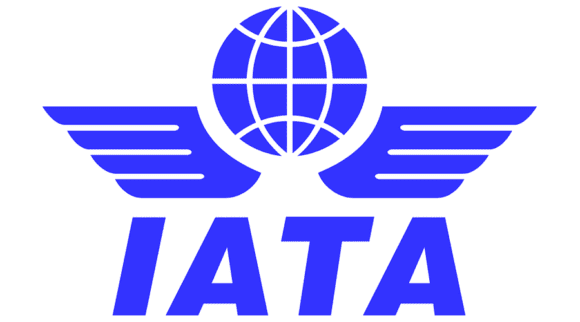
We are a week away from the year’s big air show. It has already been an “interesting” year, with the supply chain still not recovered five years after the pandemic. Who could have imagined this going on for so long?
Here are a few thoughts on show expectations.
The 2025 Paris Air Show, scheduled for June 16–22 at Le Bourget, is poised to be a pivotal event for the commercial aviation sector. While the industry grapples with supply chain challenges and delivery delays, the show could spotlight key developments and strategic shifts.
Aircraft Orders and OEM Strategies
Airbus and Boeing are anticipated to announce orders, particularly as airlines focus on fleet modernization, seeking better fuel efficiency. However, the volume of orders may be tempered compared to previous years, as low-cost carriers exhibit caution amid a slowdown in travel bookings.
Similarly, we expect deals from ATR and Embraer. Both operate as monopolists in categories: turboprops for the former and regional jets for the latter.
Then there’s the emerging BWB player, JetZero, which is making its show debut. Watch our chat with their CEO. The BWB for the middle of the market is something we are watching closely. This is a disruptive idea and has been tested by the duopoly.
Supply Chain and Delivery Challenges
Supply chain disruptions continue to be a pressing concern. For instance, Airbus set a delivery target of 820 commercial aircraft for 2025. As of May, only 243 deliveries were made, necessitating an ambitious average of 82 deliveries per month for the remainder of the year—a pace that appears challenging given current constraints.
COMAC is not receiving Western engines, and Boeing is approaching its rate cap earlier than expected. While engines seem to be the primary issue for single-aisles, twin aisles have cabin supply challenges.
Sustainability and Innovation
Sustainable aviation will be a central theme, especially in Europe. Initiatives such as the EcoPulse hybrid-electric demonstrator, developed by Daher, Airbus, and Safran, will be showcased, reflecting the industry’s commitment to greener technologies. Additionally, the A321XLR, which received certification in 2024, will be highlighted for its extended range capabilities, offering airlines new operational efficiencies.
The XLR is especially interesting because the BWB looms in the background. What is the future of the wing and tube, since the technology hurdles facing BWB designs are being overcome? We expect this to be a big part of show chatter. By the way, it’s not just the middle of the market for BWB. There are also BWB business jet ideas being promoted.
COMAC’s Next Moves
China’s COMAC may present updates on its C919 and the development of the C929. While the C919 is progressing toward certification outside China, the C929 faces delays, with a prototype not anticipated until 2029.
Then there is the issue of COMAC and Western engines, as mentioned above. Will COMAC address this and talk about Chinese engine programs? COMAC is notoriously uncommunicative. But that has to change as the OEM breaks out of the China bubble. It has customers beyond China, and its ambitions reach even further. The absence of Russian offerings presents COMAC with an opportunity to capitalize on better trade conditions.
Overall Outlook
The 2025 Paris Air Show should reflect an industry at a crossroads—balancing the pursuit of innovation and sustainability with the realities of supply chain limitations and market uncertainties. We expect a mix of cautious optimism (as at every show) and strategic planning as the commercial aviation sector navigates these challenges.
Every air show tries to point to a better future. This one will be no different. However, be aware of the issues that people prefer not to discuss.
Views: 378




